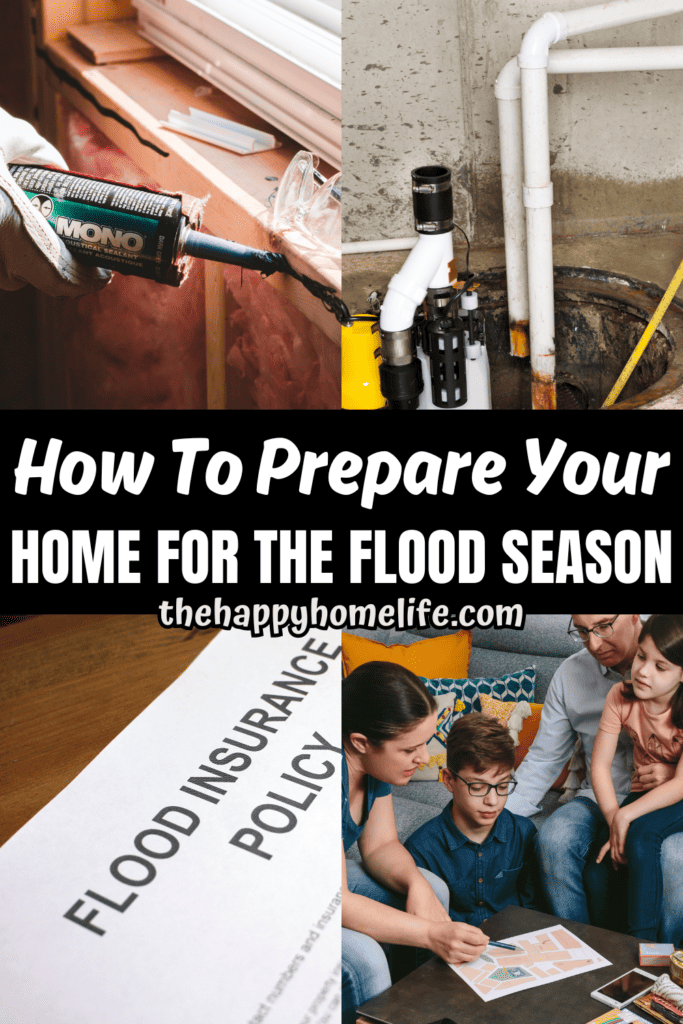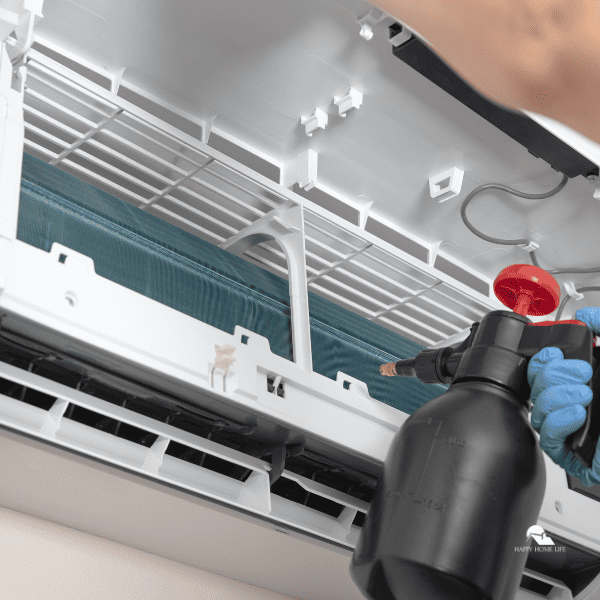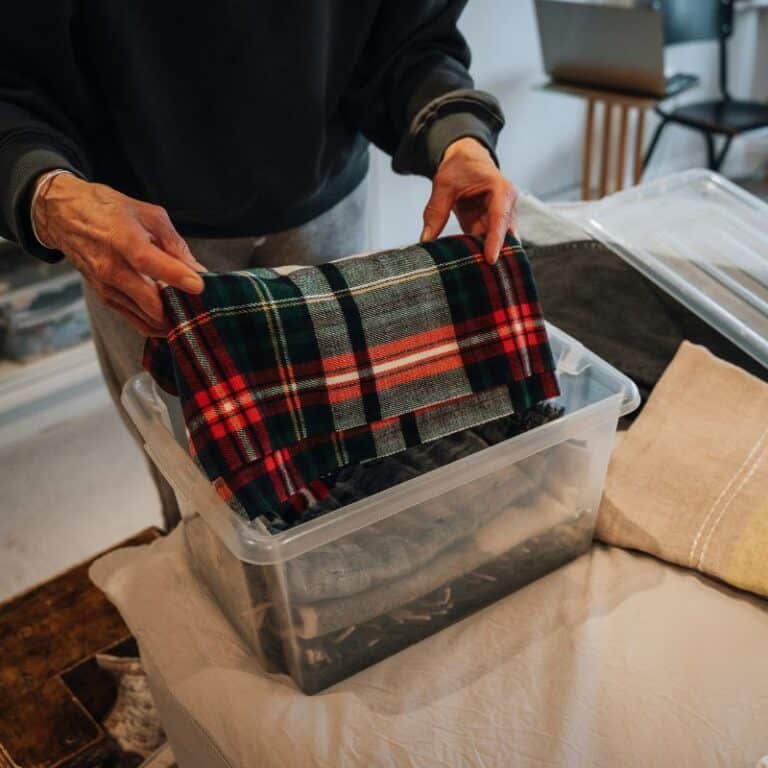Floods stand as one of nature’s most common—and sometimes most devastating—natural disasters. They can sweep through communities with little warning, leaving a trail of destruction in their wake. But while we can’t stop the rains from coming, we can take steps to protect our homes and loved ones.
Preparing your home for the flood season is a proactive measure that can significantly reduce the risk of damage and ensure the safety of your family. It’s about being one step ahead, knowing that when the waters rise, your home will stand firm, and your family will remain safe.

1. Understand Your Flood Risk
The first step in flood preparation is understanding your risk. Not all areas are equally susceptible to flooding, and knowing where your home stands on this spectrum can dictate how you prepare. Start by researching your area’s flood history. Local government offices or online databases can provide information on previous flood events and risk assessments for your area.
Additionally, consult FEMA’s Flood Map Service Center to see if your home lies within a floodplain. If you’re in a high-risk area, consider obtaining an elevation certificate, which can offer insights into your home’s vulnerability to flooding and help in securing appropriate insurance coverage.
2. Create an Emergency Plan
Having an emergency plan is like having a roadmap in a storm; it guides you on what to do when disaster strikes. Start by designating a safe meeting point for your family, should you become separated. Compile a list of essential emergency contacts, including local authorities, medical facilities, and your insurance agent.
Similarly, you need to have a post flood recovery management plan in place. After the floodwaters recede, begin with a thorough assessment of your property for any structural damages, prioritizing safety above all. Engage professional disaster restoration services to tackle the complexities of water damage, mold remediation, and necessary repairs.
Document all damages for insurance purposes, and keep a record of the recovery process. Communication with local authorities and utility companies is key to restoring services and ensuring the area is safe. Remember, effective disaster restoration is not just about repair but also about preventing future vulnerabilities.
3. Inspect and Clean Drainage Systems
A well-maintained drainage system is your home’s first line of defense against floodwaters. Regularly inspect and clean your gutters, downspouts, and any drains around your property. Remove leaves, twigs, and any other debris that could block water flow and lead to buildup.
Ensure that your landscaping does not direct water toward your home but away from it, allowing for proper drainage during heavy rains. This simple maintenance task can be the difference between a dry home and one susceptible to flooding.
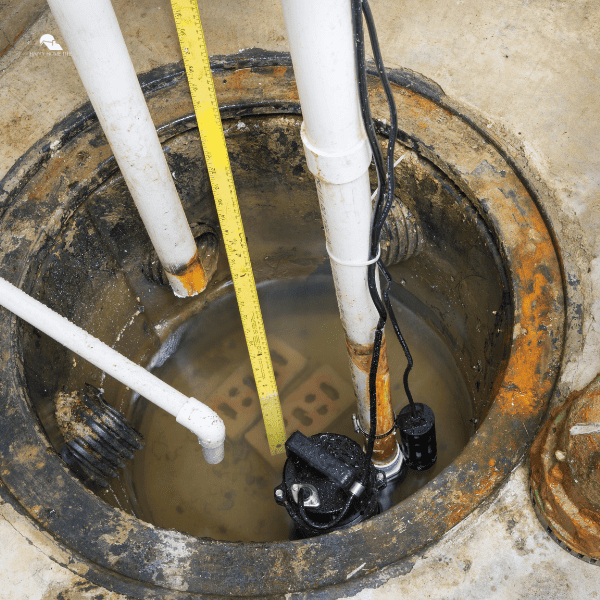
4. Install or Check Sump Pumps
If your home has a basement, a sump pump is a critical tool in preventing floodwater damage. It removes water that has accumulated in the sump basin, commonly found in the basement or crawlspace. Check your sump pump regularly to ensure it’s in good working order, especially before the flood season starts.
Consider installing a battery backup system as well, as power outages are common during severe storms, rendering an unprotected sump pump useless just when you need it most.
5. Apply Sealants and Coatings
Waterproofing your home’s foundation and basement is a proactive way to keep floodwaters at bay. Use waterproof sealants and coatings on basement walls and floors to prevent water seepage. Pay special attention to cracks and openings in the foundation and exterior walls, applying sealants as needed. These protective measures can significantly reduce the amount of water that enters your home, keeping your property safe and dry during the flood season.
Doors and windows are among the first lines of defense against floodwaters. Installing flood barriers or shields can significantly increase their resistance to water. For doors, especially those that lead to basements or lower levels, consider adding flood-proof shields that can be easily installed in anticipation of a flood.
For windows, ensure that the seals are intact and consider applying waterproof caulking to prevent water from seeping through. Upgrading to waterproof doors and windows is an investment that can pay dividends in protecting your home from flood damage.
6. Elevate Electrical Systems and Appliances
In areas prone to flooding, it’s wise to elevate electrical systems, appliances, and utilities. This means raising electrical panels, sockets, wiring, and heating systems above the expected flood level. Such a move can prevent significant damage to your home’s electrical system and reduce the risk of fire hazards during floods.
For those living in flood-prone areas, consider relocating utilities such as furnaces, water heaters, and washers to higher levels in your home. This precaution not only safeguards your utilities from water damage but also ensures their functionality when you need them most.
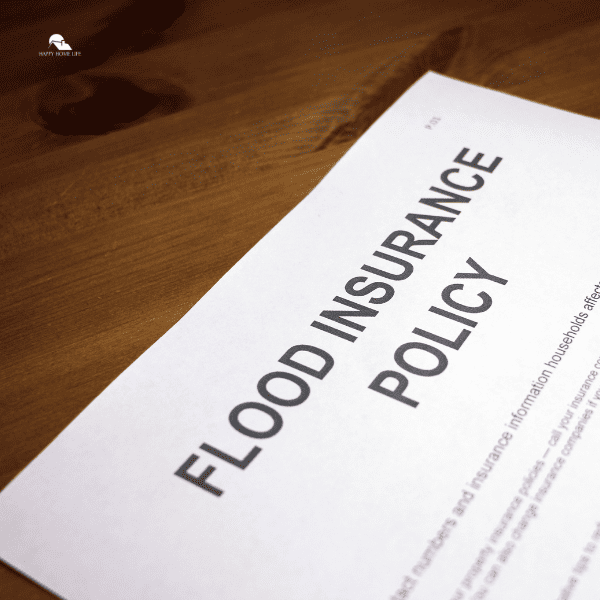
7. Review Your Insurance Coverage
Many homeowners are unaware that standard insurance policies do not cover flood damage. Review your policy to understand what is and isn’t covered, and consider purchasing additional flood insurance if necessary. Flood insurance can provide peace of mind and financial protection against the devastating impact of flooding.
It’s also wise to document and photograph your home and valuables as proof of their condition before a flood, making the claims process smoother and more straightforward.
Conclusion
By taking these steps to prepare your home for the flood season, you’re not just protecting your property; you’re ensuring the safety and security of your family. Stay ahead of the floodwaters, and rest assured that when the rain starts to fall, your home will be ready.
Preparing your home for the flood season is an essential step toward safeguarding your property and ensuring the well-being of your family. By understanding your flood risk, creating an emergency plan, and taking proactive measures to protect your home, you can mitigate the impact of flooding.
Remember, flood preparation is not a one-time effort but a continuous process of maintenance and vigilance. Start early and review your preparations annually to ensure your home remains a safe haven during the flood season. With careful planning and proactive action, you can face the flood season with confidence, knowing you’ve done everything in your power to protect your home and loved ones.
